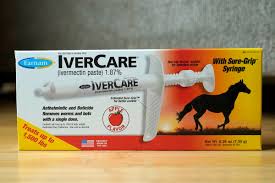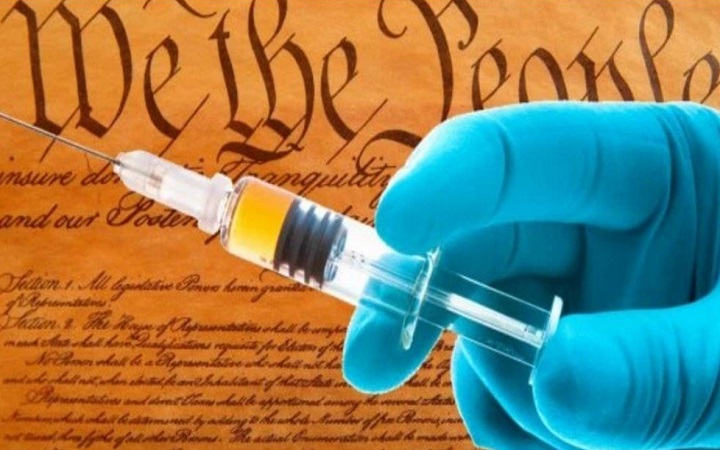Fauci Testifies To Congress To Justify & Promote Gain Of Function Research In 2012
The NIH conducted its review of funded research that could be classified as DURC and found 381 extramural and 404 intramural projects using pathogens designated for special attention, of which ten extramural and no intramural projects were eventually designated as DURC projects.92 According to the testimony of Anthony Fauci before the Senate Committee on Homeland Security and Governmental Affairs on April 26, 2012, the NIH determined risk mitigation steps with the researchers for these DURC cases.
During the NSABB meeting on March 28, 2012, the Obama administration issued a new policy for federal agencies to oversee dual-use research of concern. The policy formalized a process for regular federal review of U.S. government–funded or –conducted research with high-consequence pathogens, identifying DURC and implementing mitigation measures.
While the controversial studies received federal funding, the leadership of NIH was unaware of the research and its potential implications until the manuscripts were submitted for publication; the new policy was intended to address this problem. This policy put in place regular review of U.S. government–funded or –conducted research involving a specific set of pathogens and toxins for its potential to be DURC, to “mitigate risks where appropriate,” and to inform policy. Risk mitigation could involve modifying the design or conduct of the research, conducting periodic progress reviews by the agency, and determining how results will be published or otherwise communicated.
The NIH conducted its review of funded research that could be classified as DURC and found 381 extramural and 404 intramural projects using pathogens designated for special attention, of which ten extramural and no intramural projects were eventually designated as DURC projects.92 According to the testimony of Anthony S. Fauci before the Senate Committee on Homeland Security and Governmental Affairs on April 26, 2012, the NIH determined risk mitigation steps with the researchers for these DURC cases.
On February 21, 2013, the White House Office of Science and Technology Policy formally put forward the U.S. government policy for institutional oversight of life-sciences DURC for public comment, changing a few details from the earlier version released in 2012. The policy is limited to fifteen biological pathogens, including highly pathogenic avian influenza and botulinum toxin, all of which are already regulated as select agents. Scientists are asked to determine if the work on one of those agents falls into the category of DURC and could be “directly misapplied to pose a significant threat.”
The research institution would need to form or designate a committee to review research involving DURC and appoint an institutional contact that will oversee applicable projects. The policy does not include what would happen if there is a disagreement over the mitigation plan or even the classification of DURC.96 Also, the rules call for institutions to make their review procedures accessible to the public, but not to publish the details of cases or the minutes of the relevant committee’s proceedings.
This could be problematic in states with expansive freedom-of-information laws. Another set of rules released on the same day concerns how HHS will fund research projects which are “anticipated to generate HPAI (highly pathogenic avian influenza) H5N1 viruses that are transmissible among mammals by respiratory droplets.
HHS set out criteria for experiments to be eligible for departmental funding: the virus in question could emerge through a natural evolutionary process; the research addresses a scientific question with high significance to public health; there are no feasible alternatives to the proposed approach; biosafety and biosecurity risks can be mitigated and managed; the research will be broadly shared to realize its potential benefits to global health; and the facilities where the research will take place will have appropriate oversight of both the conduct and communication of the research.
U.S. government officials stated that the two controversial studies that prompted this policy would likely have been approved, though they would have undergone this additional review. The policy is limited to gain-of-function H5N1 research and does not include routine characterization of naturally derived viruses, or of gain-of-function research with other microbes.
The scientists involved in the H5N1 controversies are continuing to pursue their work on the virus. Fouchier is also interested in exploring whether the same mutations produce the same results for other H5N1 viruses, and for other subtypes, including H7N7. He will also conduct similar research on SARS, as well as a newly discovered SARS-like virus.



